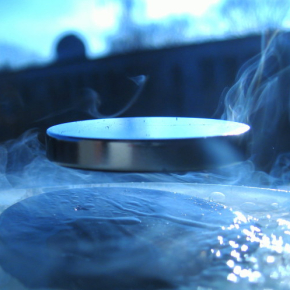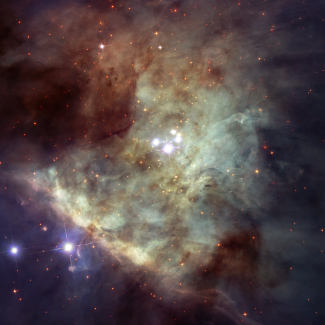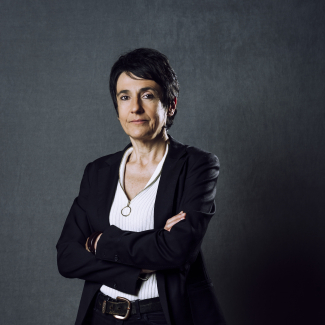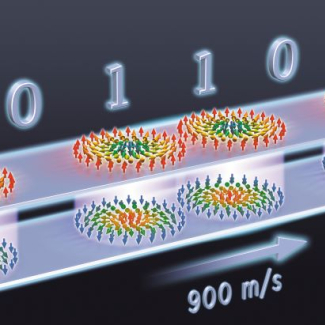
High-temperature Superconductivity: A new universal law
Superconductors are remarkable materials: when cooled below a critical temperature close to absolute zero (-273.15 °C), their resistivity to an electric current disappears, thereby enabling the transportation of electricity with no loss of energy. For others, known as “high-temperature” superconductors, the critical temperature is near -100 °C. However, high-temperature superconductivity has remained an enigma for physicists ever since its discovery in 1986.
After 30 years of research, a team from the “Circuits et Matériaux Quantiques” international associated laboratory,1 led by researchers from the CNRS and Université de Sherbrooke, has just discovered a universal law for the electronic properties of high-temperature superconductors. By exposing a sample to an intense magnetic field—in order to weaken its superconductivity and reveal its underlying properties—the scientists were able to measure the variations of electrical resistivity up to -263 °C, and to deduce a predictive model that can be applied to multiple families of high-temperature superconductors. The results, which are published in Nature Physics on November 19, 2018, offer an invaluable tool to the scientific community for shedding light on these superconductors.
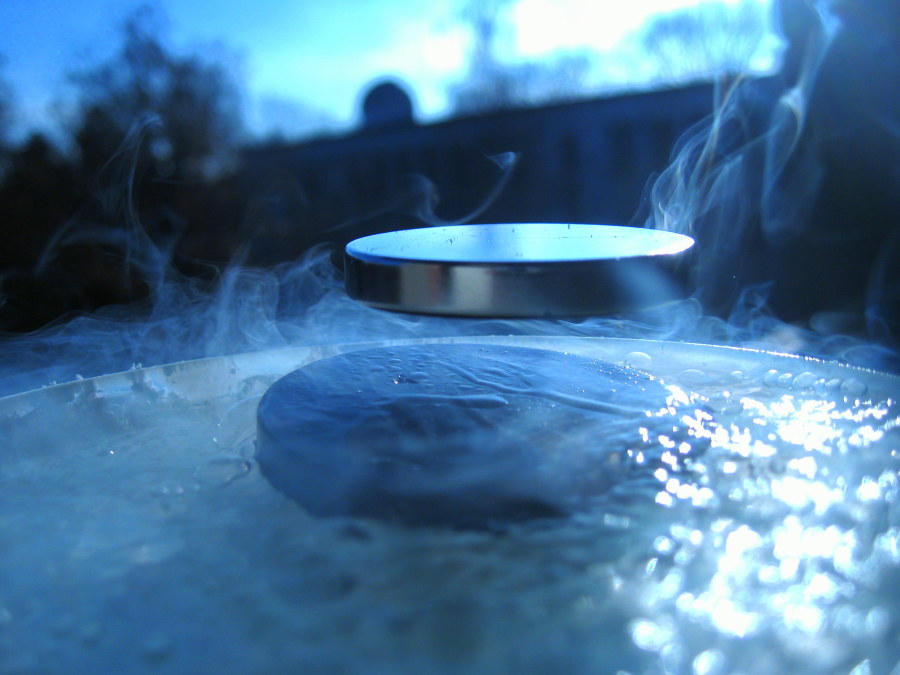
- 1Involving researchers from the Laboratoire national des champs magnétiques intenses (CNRS), the Service de physique de l’état condensé (CEA/CNRS), the Laboratoire de physique des solides (CNRS/Université Paris-Sud), and l'Institut quantique de l'Université de Sherbrooke (Canada).
Universal T-linear resistivity and Planckian dissipation in overdoped cuprates. A. Legros, S. Benhabib, W. Tabis, F. Laliberté, M. Dion, M. Lizaire, B. Vignolle, D. Vignolles, H. Raffy, Z. Z. Li, P. Auban-Senzier, N. Doiron-Leyraud, P. Fournier, D. Colson, L. Taillefer and C. Proust. Nature Physics, November 19, 2018.
